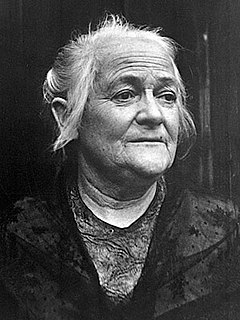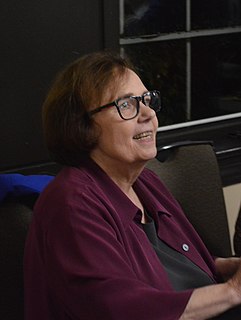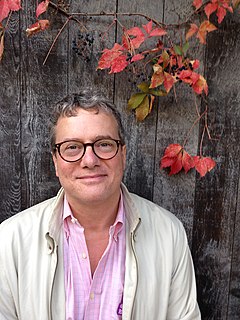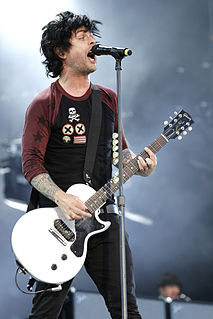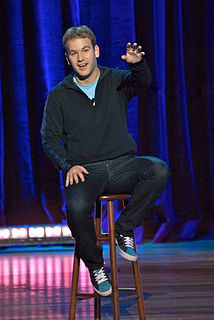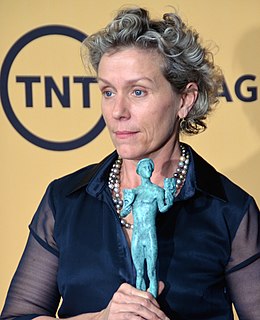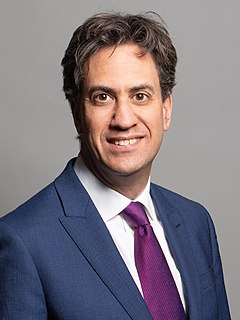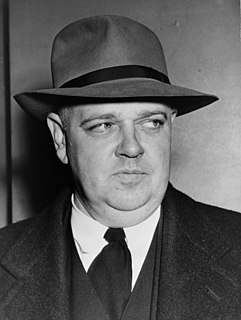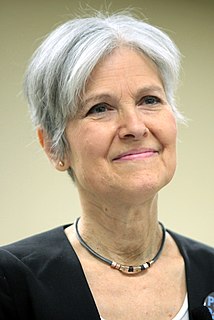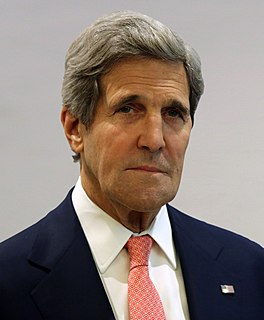A Quote by Clara Zetkin
In the women's world, as well as in the men's world, there exists the class law and the class struggle, and it appears as fully established that sometimes between the socialist working women and those belonging to the middle class, there may be antagonisms.
Related Quotes
The liberal wing of the feminist movement may have improved the lives of its middle- and upper-class constituency--indeed, 1992 was the Year of the White Middle Class Woman--but since the leadership of this faction of the feminist movement has singled out black men as the meta-enemy of women, these women represent one of the most serious threats to black male well-being since the Klan.
